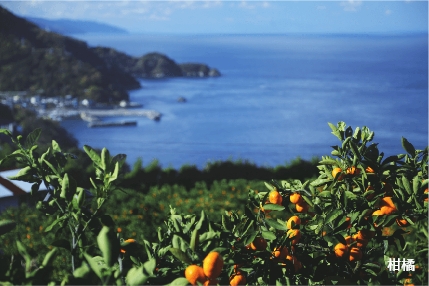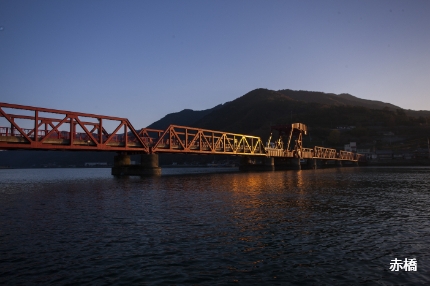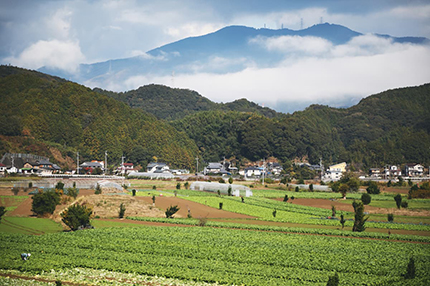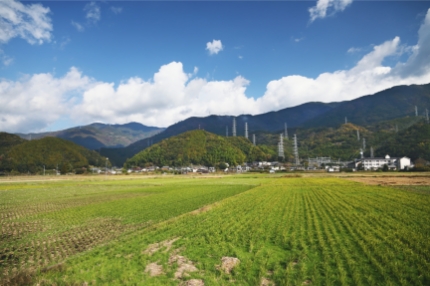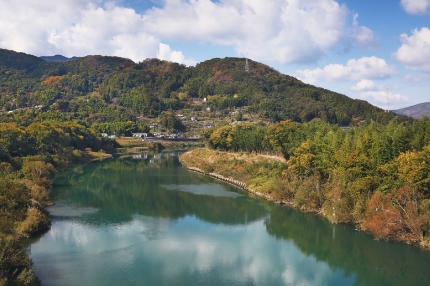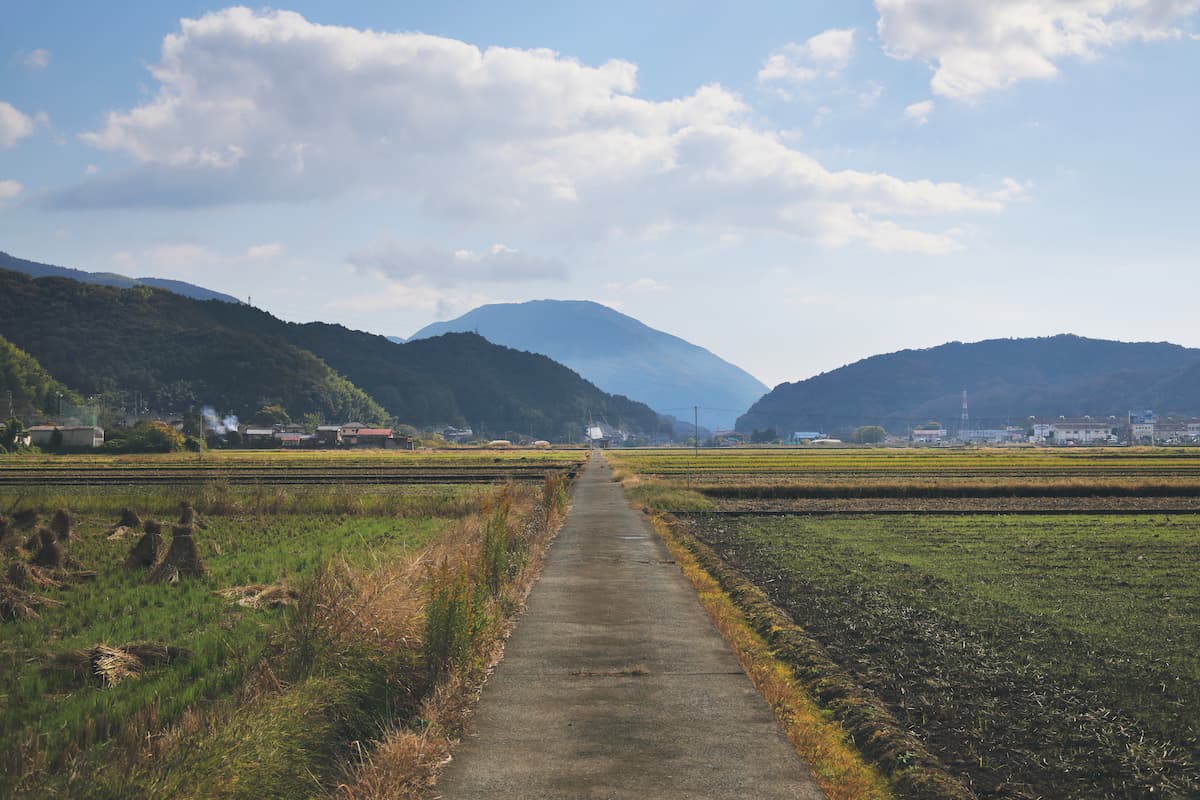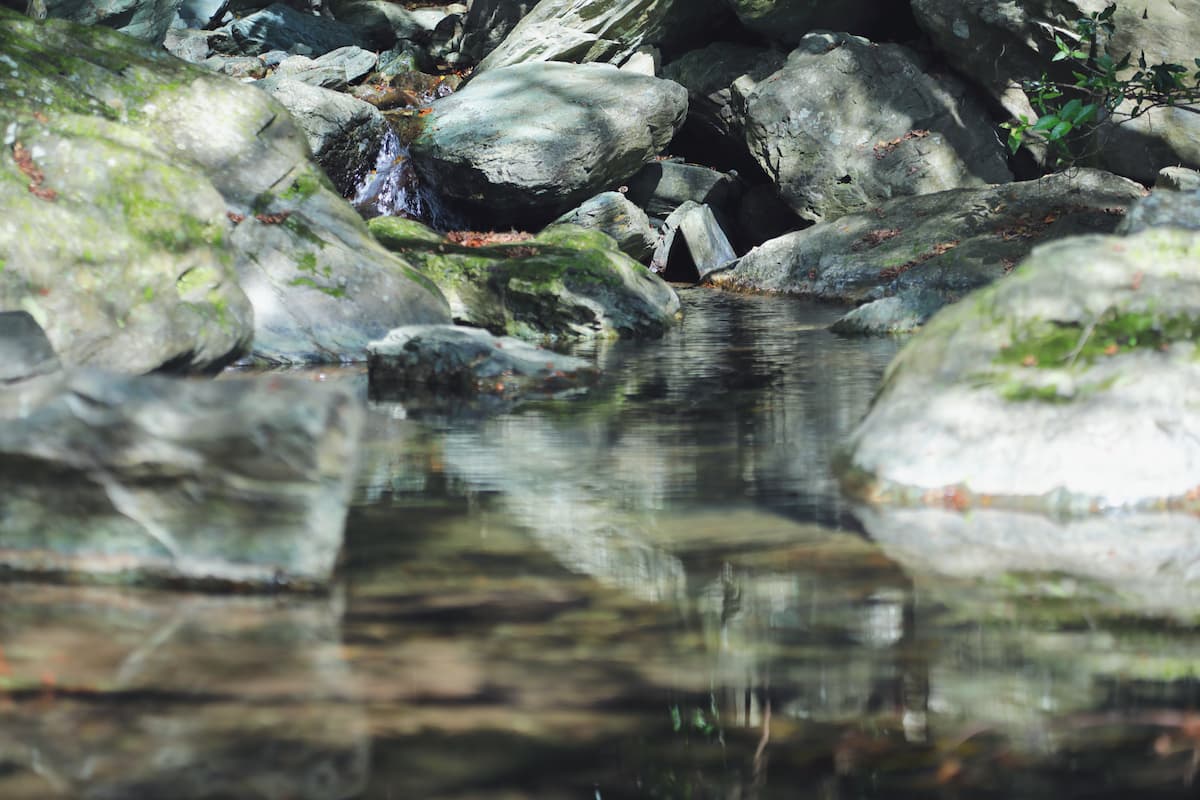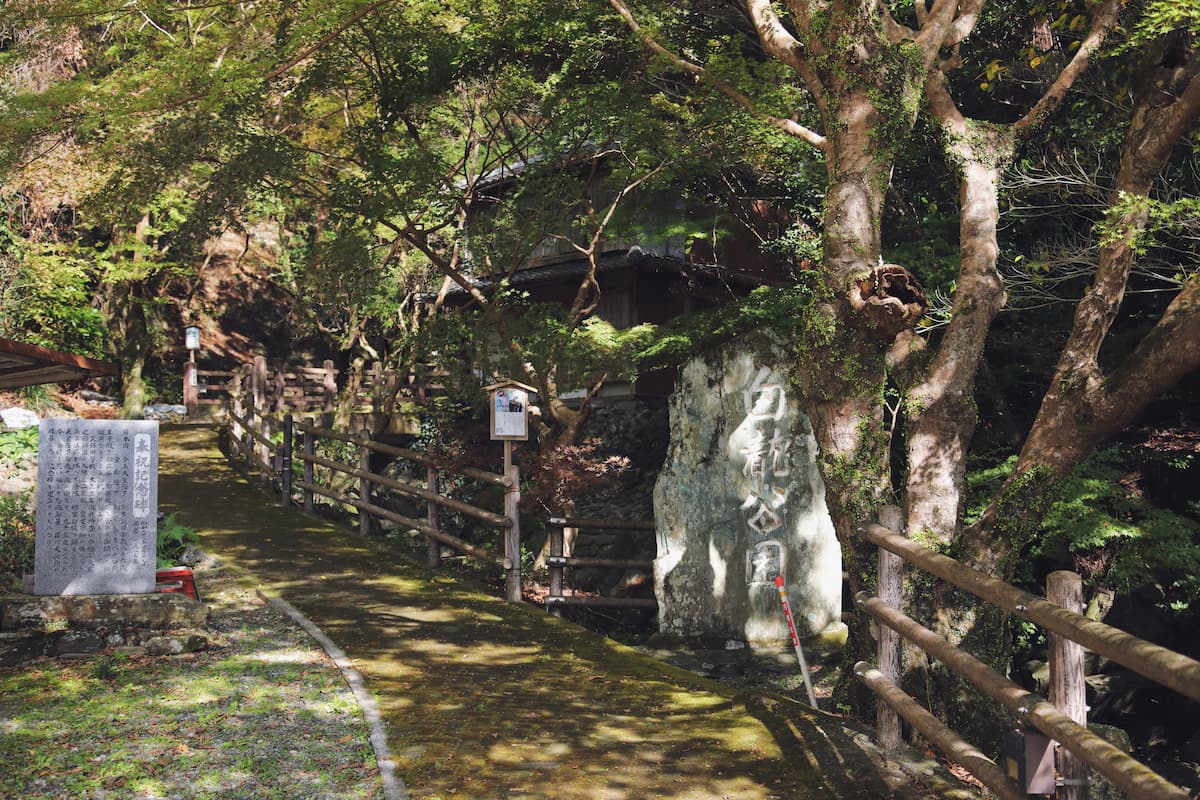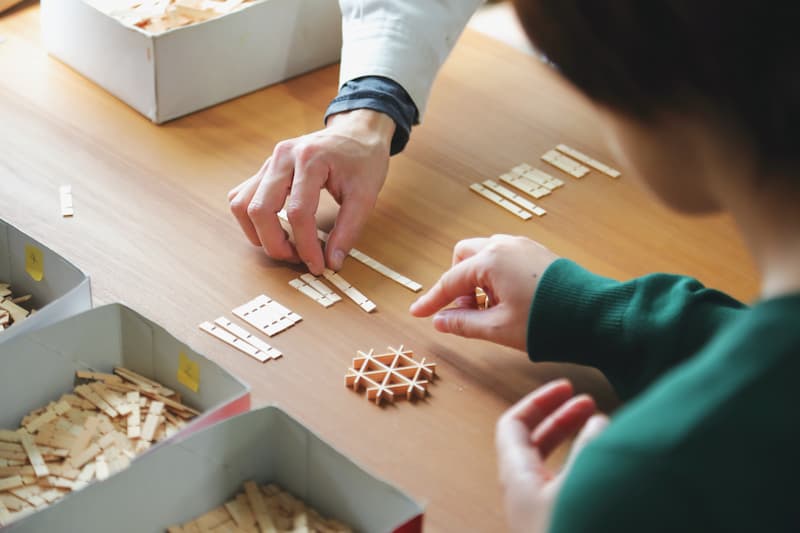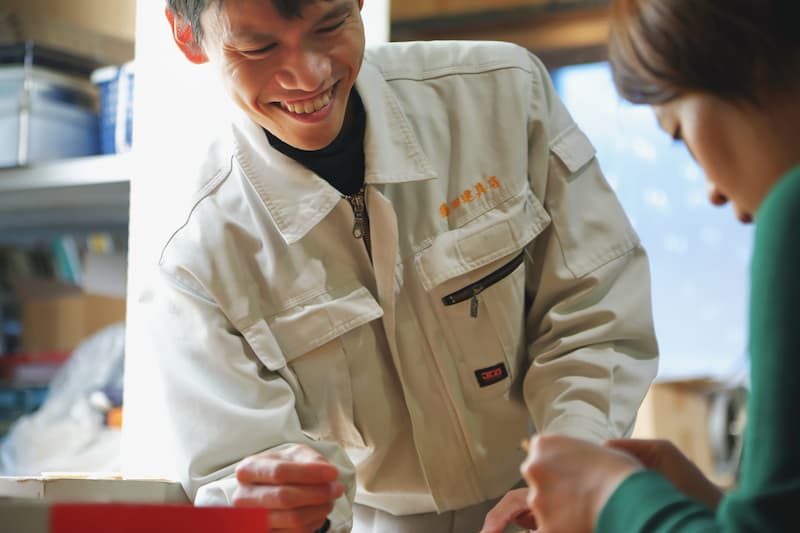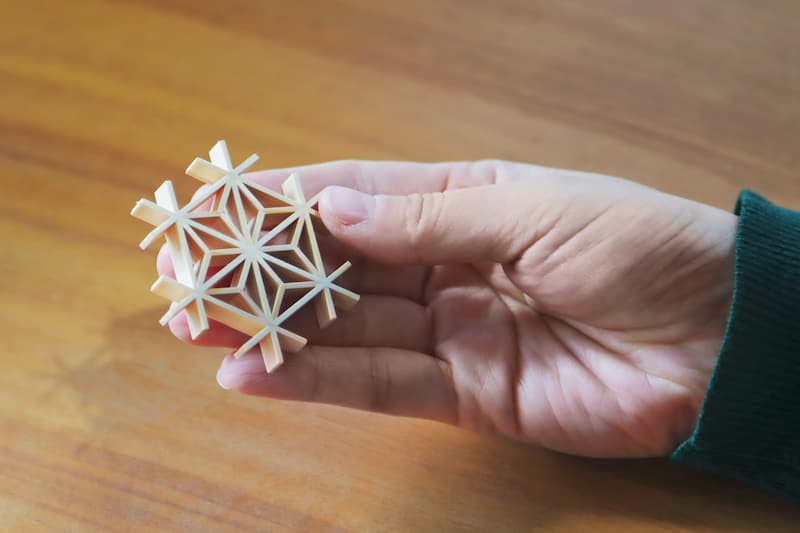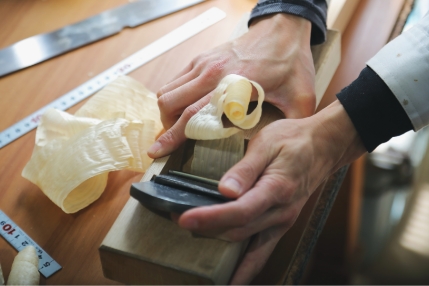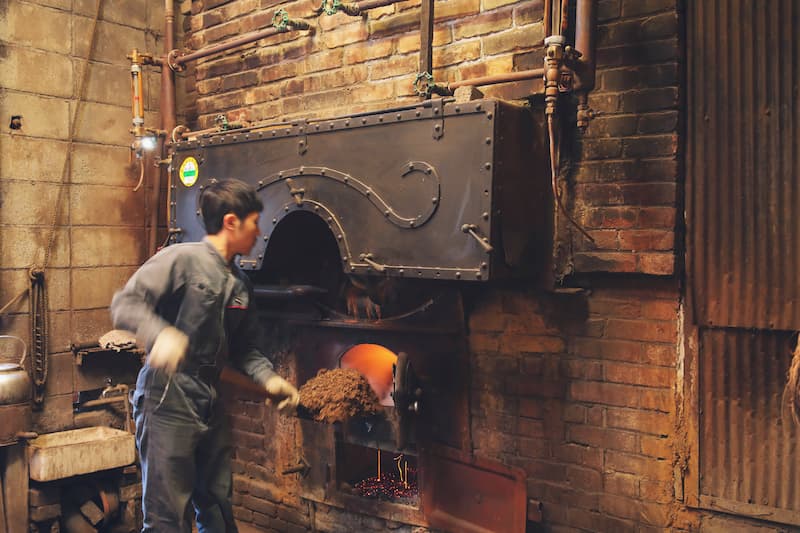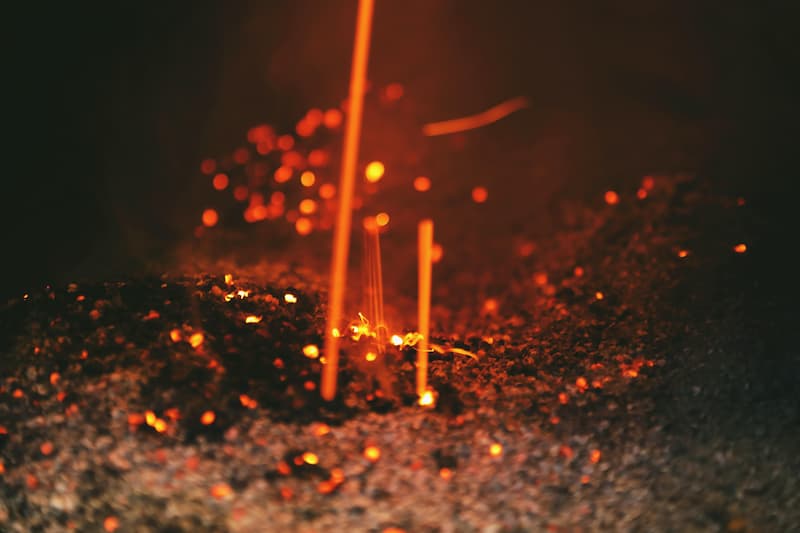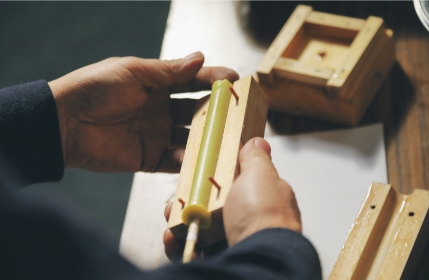- HOME
- Special Features
- Let's go to Nagahama! "Discover the HIJI RIVER HISTORY EXPERIENCE"
- Ozu's Tsurezure story
- 2024.01.15
Let's go to Nagahama! "Discover the HIJI RIVER HISTORY EXPERIENCE"
About Nagahama
Nagahama is strategically located in the northern part of Ozu City, where the Hiji River flows into the Seto Inland Sea. It once flourished as a major hub for timber thanks to trade along the Hiji River. Peculiar currents and the blending of sea and fresh waters create a rich marine environment with a wealth of fish species. Many inns in the area serve fresh seafood caught in the rough currents. Nagahama is also famous for its citrus fruits grown on sun-drenched slopes facing the sea. In the evening, a gentle sea breeze blows through the town as the sun sets beautifully offshore.
At dawn, the atmosphere transforms dramatically, with morning mist creating a majestic scene. Nagahama is a place full of rich and varied natural beauty.
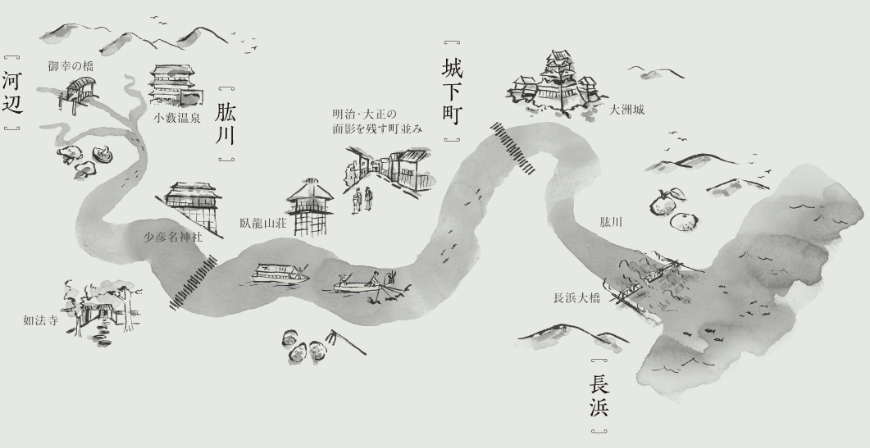
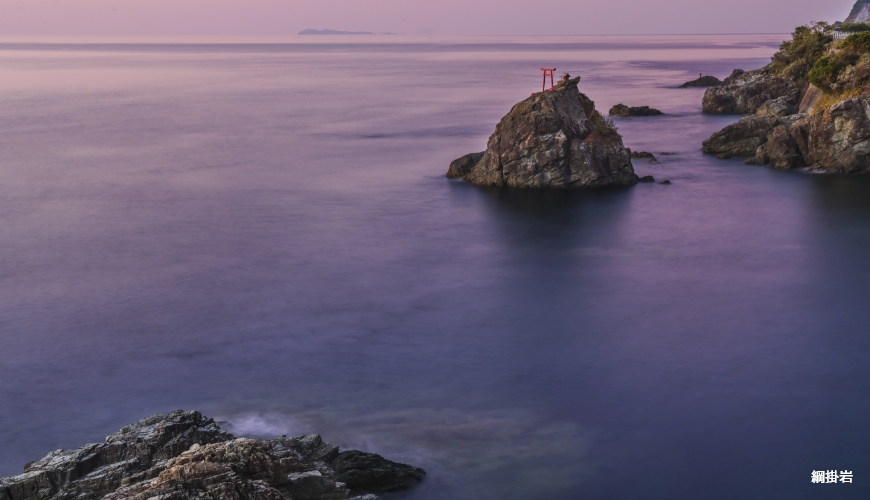
About the HIJI RIVERHISTORY EXPERIENCE
Get a close look at the geography, natural phenomena, and industrial heritage of Ozu.
Ozu City has developed a culture and industry that are closely tied to the Hiji River.
Remnants of this history can be seen throughout the town and can still be felt today.
The Hiji River, which flows through the city, once prospered as a river route for transporting timber from upstream, creating river ports and making the river mouth area of Nagahama a major timber hub. The woodworking industry, using timber and by-products, continues to thrive today. Taro cultivation, which is resistant to flood damage, became popular despite the frequent flooding. The autumn "imotaki" (local hot pot using taro) held on the banks of the Hiji River, celebrating the harvest, has become a symbol of Ozu. Similarly, taking advantage of flood-resistant mulberry trees, sericulture flourished and supported the prosperity of Ozu during the Meiji and Taisho eras, leaving cultural and architectural legacies.
Regular flooding has enriched the soil in the Ozu basin, resulting in high-quality agricultural produce. Nutrients carried by the river to Iyo Bay on the Seto Inland Sea benefit the marine life there. Observing modern life and the townscape of Ozu reveals that many aspects of the town have evolved around the natural environment centered on the Hijikawa River.
In today's world, where environmental sustainability, the economy, and the way we live are frequently questioned, experiencing the history and town planning of Ozu may provide insights for the future. Why not spend some time at your own pace, connecting the past and the future, accompanied by guides who know the town inside out?
Fujita Woodworks
This woodworking company has been manufacturing wooden frames and joinery since 1965. They have also created delicate and playful wooden works, complementing their main house building business. How about crafting your own piece under the guidance of skilled craftsmen?
| Workshop fee | ¥15,200/person |
|---|---|
| Number of participants | 2-5 people |
| Duration | 1 hour |
| Content | Wood framing, plank shaving, flower making (out of wood shavings) |
| Business website | https://fjtsuntree.wixsite.com/nagahama |
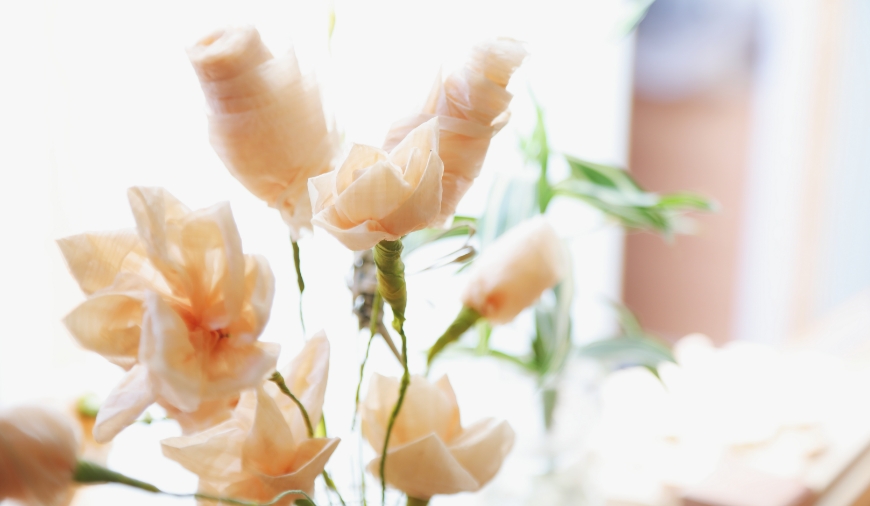
Cerarica NODA
Vegetable wax production once contributed to the prosperity of the Ozu and Uchiko areas. Cerarica NODA offers traditional candle-making and coaster creation experiences. They are sincere and committed to protecting the environment, nature, and sustainability. Engage in conversation while being immersed in a traditional cultural activity.
| Workshop fee | ¥7,400/person What's included: *For groups: 1 Cerarica coating, 2 coasters, 2 Japanese candles |
|---|---|
| Number of participants | 2-5 people |
| Duration | 1 hour |
| Content | Japanese candle making, factory tour, coaster making |
| Business website | https://ceraricanoda.com/ |
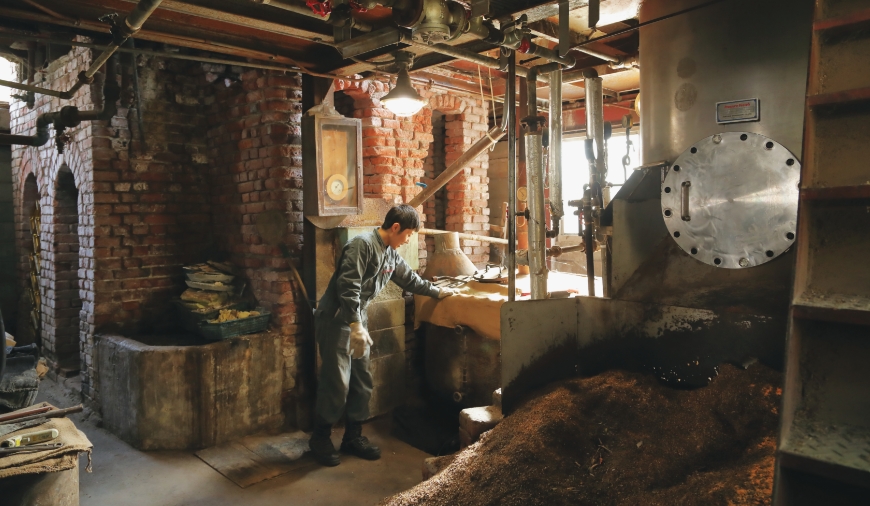
Details
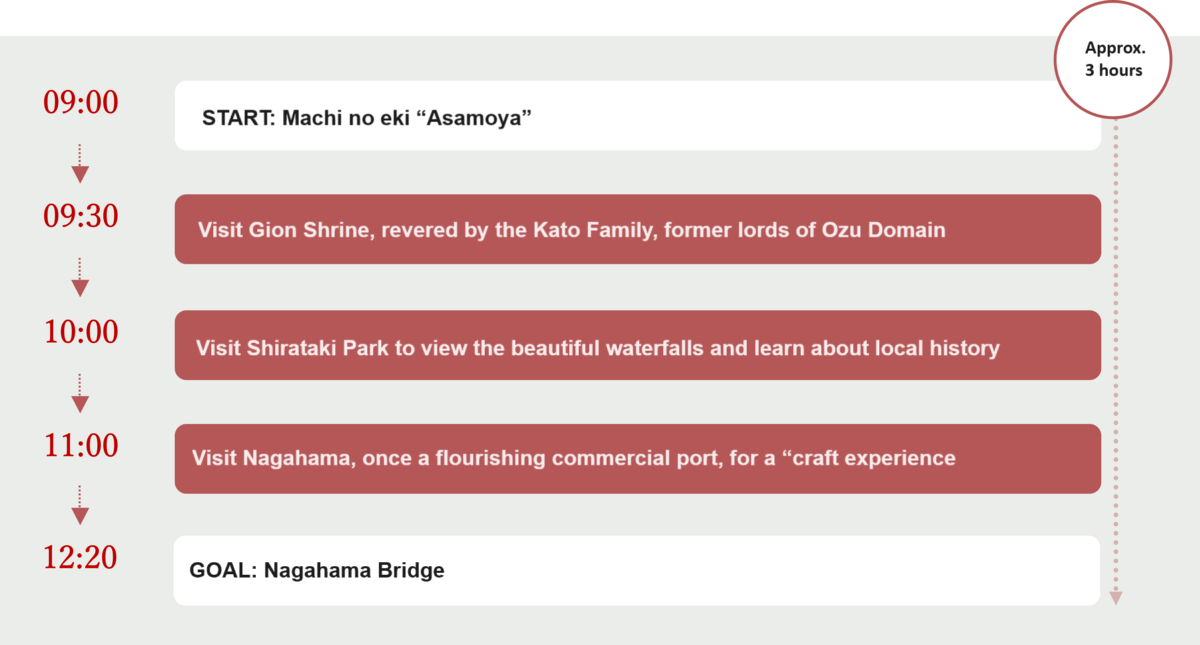
| Fee | ¥17,300/person *Includes bicycle rental price and insurance. |
|---|---|
| Age requirements | Above 12 years old |
| Casual clothing, equipment, etc. | You will be provided with an electronic bicycle. Please bring casual clothes appropriate for cycling activities. Helmets are also be provided. |
Bookings
| Contact Information | Ozu Tourist Information Center 649-1 Ozu, Ozu-shi, Ehime 795-0012, Japan (inside Ozu Machi no Eki Asamoya) |
|---|---|
| Telephone Number | 0893-57-6655 |
| kita-management*kita-m.com *replace * with @ when sending an email |
|
| Website | https://kita-m.com/ |
Stay up to date on event details and featured offerings via the official Instagram page.Back to Articles





